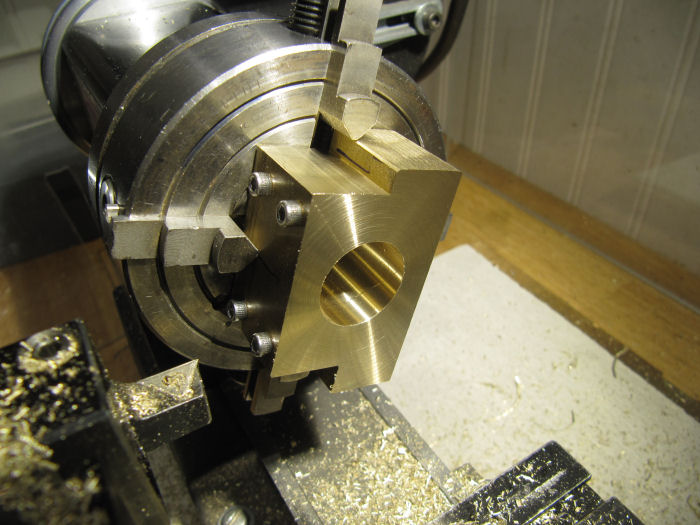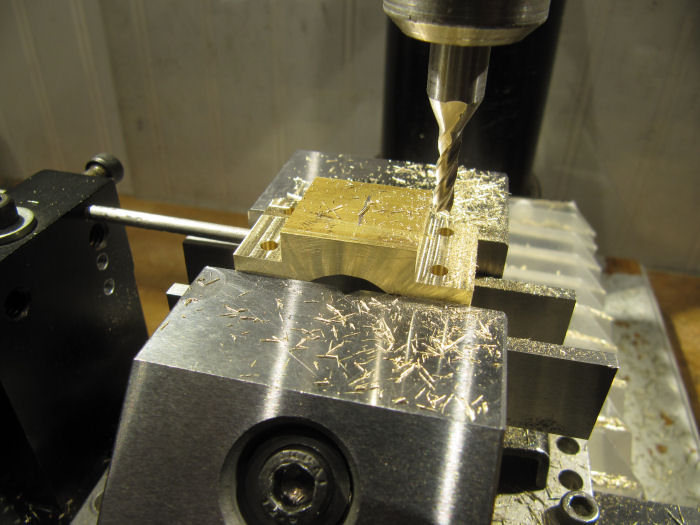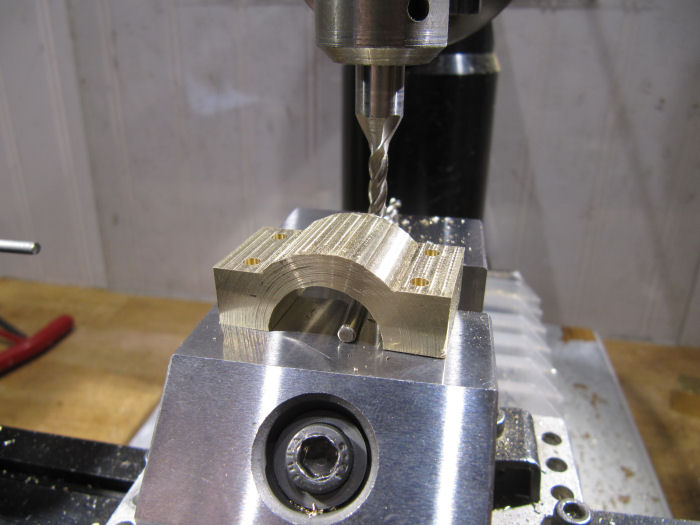1
Your Own Design / Re: Mercedes-Benz W165 Grand Prix engine in 1:3 scale
« Last post by Admiral_dk on Today at 04:46:53 PM »Woa - just as I thought - you had to bring the latest parts up to the same standard as the rest 
I'm usually not bothered much about Nuts as long as they do their job, don't corrode or look really bad .... But I do get why it matters when you try to achive an exact replica of the original - so yes the last pic has the best match
Argh - Yes that is annoying .... But you can usually still get Discrete Parts that will do the job just as well as the original ones today - though they might be in a 'Different Package' ....
- Yes that is annoying .... But you can usually still get Discrete Parts that will do the job just as well as the original ones today - though they might be in a 'Different Package' ....
I Hope the repair isn't expensive nor take long to fix ....
Per

I'm usually not bothered much about Nuts as long as they do their job, don't corrode or look really bad .... But I do get why it matters when you try to achive an exact replica of the original - so yes the last pic has the best match

Argh
 - Yes that is annoying .... But you can usually still get Discrete Parts that will do the job just as well as the original ones today - though they might be in a 'Different Package' ....
- Yes that is annoying .... But you can usually still get Discrete Parts that will do the job just as well as the original ones today - though they might be in a 'Different Package' ....I Hope the repair isn't expensive nor take long to fix ....
Per




 Recent Posts
Recent Posts





 Here you can see one assembled (less the gears). Standard M2.5 nuts are big and do not look quite right, so I tried some of the commercially available under-size M2.5 miniature nuts (on the left). I did not like their look either. I resorted to drilling and tapping standard M2 nuts. You can see those of the right, to my eyes they look much more realistic.
Here you can see one assembled (less the gears). Standard M2.5 nuts are big and do not look quite right, so I tried some of the commercially available under-size M2.5 miniature nuts (on the left). I did not like their look either. I resorted to drilling and tapping standard M2 nuts. You can see those of the right, to my eyes they look much more realistic.
